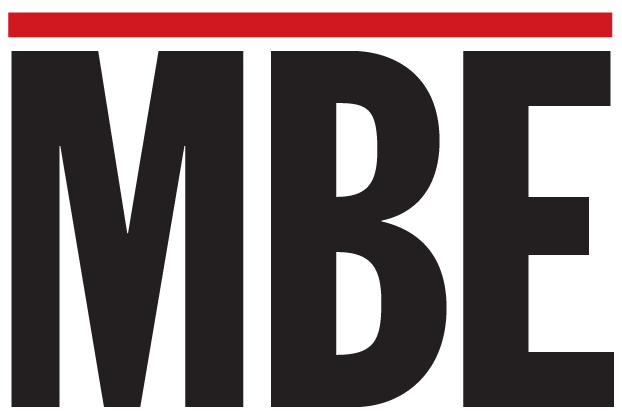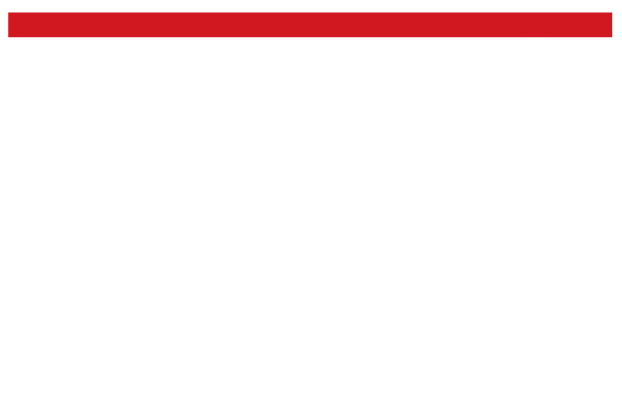
Despite impressive growth in recent years, women entrepreneurs continue to battle systemic barriers that limit their earning potential. Here’s what the latest data reveals and how to overcome these challenges.
Women entrepreneurs are taking the business world by storm. But despite remarkable growth, they’re still fighting an uphill battle when it comes to making money and growing their companies.
The 2025 Impact of Women-Owned Businesses Report, commissioned by Wells Fargo, reveals both exciting progress and troubling gaps for women-owned businesses across America. If you’re a woman entrepreneur or thinking about starting your own business, understanding these trends can help you navigate the challenges ahead.
The Big Picture: Women Are Starting More Businesses Than Ever
Here’s the good news: women-owned businesses are booming. In 2024, women own 14.5 million businesses in the United States—that’s nearly 40 percent of all companies in the country. These businesses employ almost 13 million people and bring in $3.3 trillion in revenue each year.
Between 2019 and 2024, the number of women-owned businesses jumped by 17 percent. That’s much faster than the 12 percent growth rate for men-owned businesses during the same time.
Women entrepreneurs are also creating jobs at impressive rates. Employment at women-owned companies grew by almost 20 percent over five years—nearly three times faster than at men-owned businesses.
“Women-owned businesses play a vital role in job creation, employing 12.9 million workers in 2024,” the report states.
The Bad News: A Massive Revenue Gap Still Exists
Despite these wins, women business owners face a harsh reality: they’re making far less money than their male counterparts.
On average, women-owned businesses generate only about 40 percent of the revenue that men-owned businesses do. While women own 39 percent of all businesses, they account for just 6 percent of total business revenue nationwide.
Here’s the most shocking finding: if women-owned businesses made the same average revenue as men-owned businesses, they would add $10.2 trillion to the U.S. economy. That’s more than three times what they’re currently making.
At the current rate of progress, it would take 120 years for women-owned businesses to catch up to men-owned businesses in revenue. That’s roughly five generations of entrepreneurs.
Women of Color Face Even Bigger Challenges
The obstacles are even steeper for minority women business owners. The report found that businesses owned by Black, Hispanic, and Asian American women generate significantly less revenue than those owned by white women.
If minority women-owned businesses achieved the same average revenue as white women-owned businesses, they would add $832 billion to the economy.
Black and Hispanic women entrepreneurs saw impressive growth during the pandemic thanks to targeted support programs. Black women-owned employer businesses grew their revenue by 103 percent between 2019 and 2024. Hispanic women-owned businesses increased revenue by 62 percent during the same period.
However, this growth has slowed recently. The support systems that helped during the pandemic—like special grants and loan programs—have decreased as the crisis faded.
Asian American women own about 10 percent of all women-owned businesses, even though they make up just 7 percent of adult women in the country. However, their businesses tend to be smaller because they often operate in industries like restaurants, beauty salons, and retail stores.
Why Women-Owned Businesses Struggle to Grow
Several barriers prevent women entrepreneurs from scaling their businesses:
Limited Access to Money: Women often have less savings to invest in their businesses. The gender pay gap means women earn less throughout their careers, leaving them with fewer resources to start and grow companies. Banks also favor established businesses with long credit histories, which puts newer women-owned businesses at a disadvantage.
Weak Networks: Women, especially women of color, often lack access to powerful business networks and mentors. These connections are crucial for finding partners, gaining insights, and growing a company.
Caregiving Responsibilities: Many women entrepreneurs balance running a business with taking care of children or elderly family members. Without affordable childcare and flexible support, this juggling act limits how much time and energy they can devote to growing their businesses.
Gender Bias: Despite progress, women still face doubts about their abilities. Investors may question their competence, treat them unfairly in negotiations, or overlook their achievements.
Self-Doubt: Years of being underestimated can cause women to set lower goals for their businesses. This lack of confidence can prevent them from taking risks, seeking funding, or thinking big.
Industry Trends: Women Are Branching Out
Traditionally, women-owned businesses clustered in a few industries like personal services, healthcare, and retail. But that’s changing.
Women entrepreneurs are now moving into diverse sectors including food service, real estate, and transportation. This shift shows that women are seeking industries with more flexibility, stability, and growth potential.
The most popular industries for women business owners in 2024 are:
- Professional, scientific, and technical services (like consulting and legal work)
- Healthcare and social assistance
- Other services (like salons and pet care)
- Administrative support services
- Retail trade
What’s Working: Pandemic Support Made a Real Difference
The COVID-19 pandemic was devastating for many businesses. But unlike the 2008 financial crisis, the government’s response included massive support for small businesses—and it worked.
Women-owned businesses, particularly those owned by Black and Hispanic women, recovered quickly and even surpassed pre-pandemic levels. Special programs from Community Development Financial Institutions (CDFIs) provided capital to underserved communities. Supplier diversity initiatives and movements like “Buy Black” also helped.
This proves that targeted support makes a real difference. When resources flow to women and minority entrepreneurs, they thrive.
What This Means for Women Business Owners
These findings aren’t just statistics—they have real implications for your business journey. Understanding these trends can help you make smarter decisions and avoid common pitfalls.
First, recognize that you’re part of a powerful movement. Nearly 40 percent of all U.S. businesses are now owned by women, and that number keeps growing. You’re not alone in facing challenges around funding, networks, and revenue growth.
Second, know that the revenue gap isn’t about your abilities—it’s about systemic barriers that can be overcome. Women-owned businesses are growing faster than men-owned businesses in both number and employment. The revenue gap exists because of limited access to capital, weaker networks, and industries that typically generate lower profits.
Third, this data shows that targeted support works. The pandemic proved that when women entrepreneurs receive proper funding, mentorship, and resources, their businesses thrive and even outperform expectations.
What Women Entrepreneurs Can Do Now
If you’re a woman business owner or planning to start a business, here are practical steps you can take:
Seek Out Support Organizations: Connect with CDFIs, women’s business centers, and entrepreneurship programs specifically designed for women and minorities. These organizations offer affordable loans, grants, and mentorship. The report shows these programs make a measurable difference.
Build Your Network Strategically: Join business associations, attend networking events, and find mentors who can guide you. Don’t wait for invitations—actively seek out these connections. Women who lack strong networks face significant disadvantages in accessing opportunities and capital.
Use Technology to Level the Playing Field: Digital tools and AI-powered resources are making it easier than ever to run a business. Use online platforms to reach customers, manage operations, and learn new skills. AI translation tools can even help immigrant entrepreneurs overcome language barriers.
Think Bigger and Challenge Self-Doubt: The report reveals that self-imposed limitations hold many women back from setting ambitious goals. Don’t let internalized doubt prevent you from pursuing growth. Set revenue targets that match your male counterparts and create a clear path to reach them.
Diversify Beyond Traditional Industries: Women entrepreneurs are increasingly moving into higher-revenue sectors like real estate, food service, and transportation. Consider whether your industry offers the growth potential you need, or if pivoting to a more profitable sector makes sense.
Advocate for Support: Push for policies that help women entrepreneurs, like affordable childcare, flexible work arrangements, and access to capital programs. The dramatic difference between the 2008 recession and pandemic recovery shows that government support matters.
The Path Forward
The entrepreneurial landscape is changing. More women are starting businesses and creating jobs than ever before. Remote work, flexible schedules, and new technologies are opening doors for ambitious women who want to control their futures.
But closing the revenue gap will require sustained effort from everyone—policymakers, investors, corporations, and support organizations. When we remove barriers for women entrepreneurs, the entire economy benefits.
The potential is enormous. Empowering women-owned businesses could unlock trillions in economic growth, create millions of jobs, and build a more innovative economy.
For women entrepreneurs, the message is clear: keep pushing forward. Your businesses matter, your contributions are valuable, and your potential is unlimited. The road ahead has challenges, but with the right support and determination, women-owned businesses can achieve true economic equality.
The journey toward gender parity in business isn’t over, but every woman who starts, grows, or scales her business brings us one step closer to that goal.













